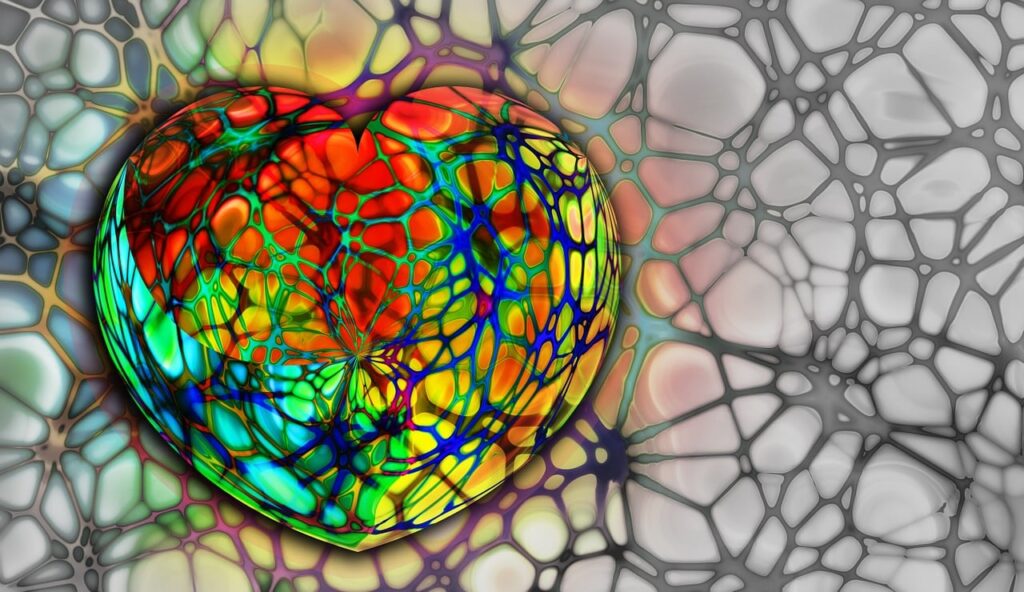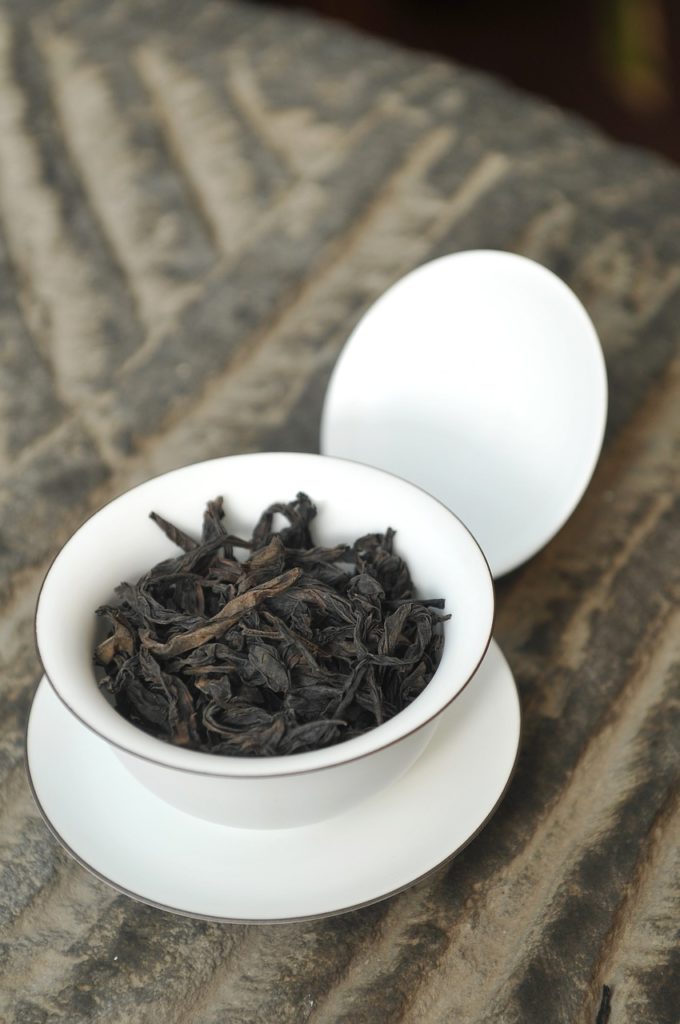Did you know that chronic stress can significantly impact your heart health? 🫀
Recent studies have shown that prolonged stress can contribute to the development of cardiovascular diseases such as hypertension, heart attacks, and strokes. 📉
When we experience stress, our bodies release hormones like cortisol and adrenaline, which can elevate blood pressure, increase heart rate, and cause inflammation in the arteries. Over time, these physiological responses can damage the cardiovascular system and increase the risk of heart-related complications. 💔
Furthermore, stress often leads to unhealthy coping mechanisms such as overeating, smoking, and excessive alcohol consumption, further exacerbating the risk factors for heart disease. 🍔🚬🍷
Fortunately, there are effective strategies to manage stress and promote heart health. Incorporating mindfulness practices, regular exercise, adequate sleep, and healthy nutrition into your daily routine can help reduce stress levels and support overall cardiovascular well-being. 🧘♂️🏃♀️😴🥦
Remember, taking proactive steps to manage stress not only benefits your heart but also enhances your overall quality of life. Let’s prioritize stress management and heart health together! 💪❤️



 Would you like to cut through all the confusion and be more
mentally and physically confident and proactive in dealing with
the invisible enemy (COVID-19) we are confronted with?
My new book “Corona Warrior” comes out today at
Barnes & Noble!
E-book available today and paperback on pre-order.
Please click on BOOKS page for details!
Would you like to cut through all the confusion and be more
mentally and physically confident and proactive in dealing with
the invisible enemy (COVID-19) we are confronted with?
My new book “Corona Warrior” comes out today at
Barnes & Noble!
E-book available today and paperback on pre-order.
Please click on BOOKS page for details!
